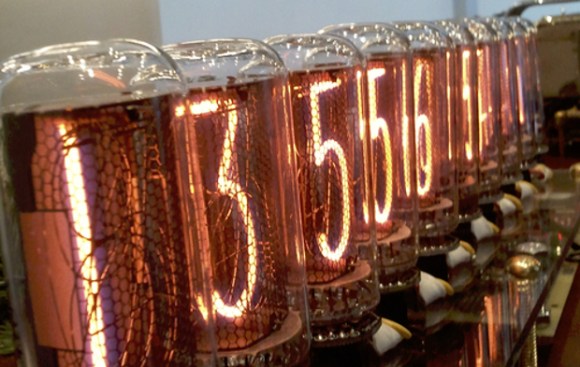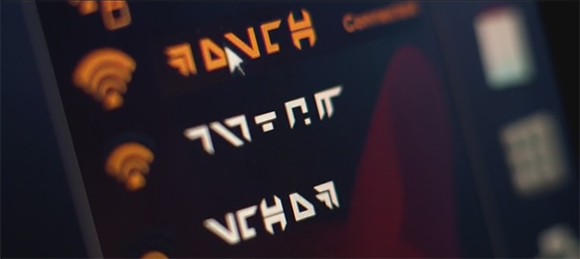About six months ago, Texas Instruments released a simple, cheap, single-chip WiFi module. At $10 a piece in quantities of 1000, the CC3000 is a much better solution to the problem of an ‘Internet of Things’ than a $50 Arduino Ethernet modules, or even the $30 Electric Imp. All indications, especially the frequent out of stock status for the dev board on TI’s web site, show the CC3000 will be a popular chip, but until now we haven’t seen a CC3000 library for the Arduino or other microcontrollers.
[Chris] just solved that problem for us with a CC3000 WiFi library for the Arduino. He ported TI’s MSP430 CC3000 library to the Arduino, allowing even the bare-bones Arduino Uno to connect to a WiFi network with just a handful of parts. The code itself takes about 12k of Flash and 350 bytes of RAM, giving anyone using the CC3000 enough room left over to do some really interesting stuff. There’s even a slimmed down library that uses somewhere between 2k and 6k of Flash, making an ATtiny-powered web server a reality.
There are a few caveats in using the CC3000 with an Arduino; it’s a 3.3 Volt part, so you’ll need a level shifter or some resistors. Also, the chip draws about 250 mA when it’s being used, so you’ll need a beefy battery if you want your project to last an entire day of use.
Now that the library is out of the way, be on the lookout for a CC3000 breakout board. Here’s one, but expect some more on the market soon.

















